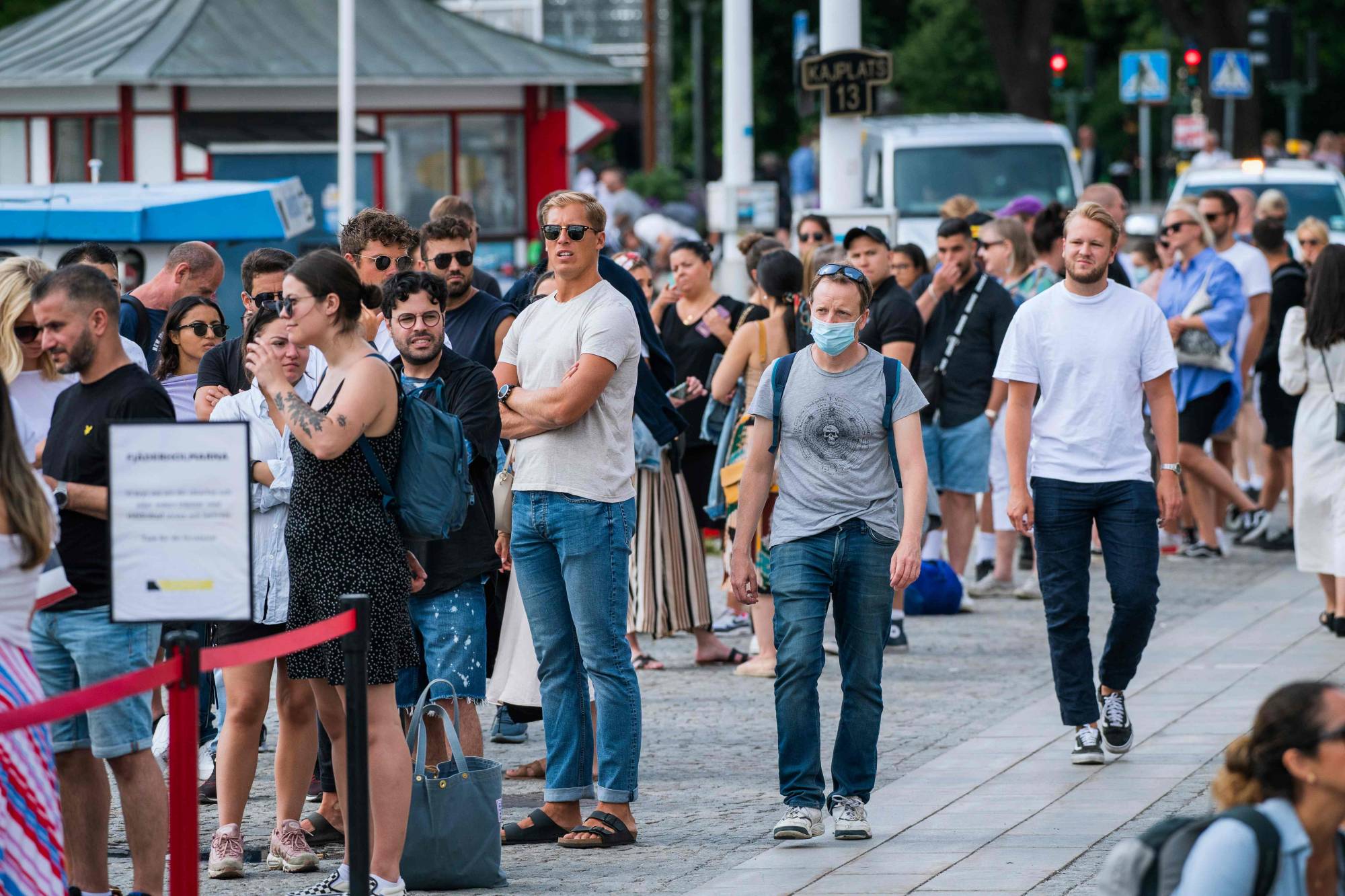The question of herd immunity — specifically, whether some cities and regions are acquiring it sooner than expected and thus have higher than expected protection against COVID-19 — has been attracting more attention lately. Even if this hypothesis is true, however, it still leaves the world with some truly significant challenges and mandates a continuing vigorous fight against the pandemic.
The evidence for herd immunity can be seen in Sweden, for example, where the case and death rate have plummeted, even though the Swedes still don’t wear masks or engage in extreme social distancing. In London, the bars, movie theaters and many other venues are open, yet the health situation appears to be stable, again with a low death rate. Of course both Sweden and southeast England were hit hard by the coronavirus early on, so if they acquired herd immunity, it may be because they had a larger percentage of the population get infected and develop some form of protection.
Some researchers are suggesting that regions acquire at least partial herd immunity at 20 percent exposure, whereas earlier estimates had suggested up to 70 percent exposure would be needed. If true, this could be very good news for the hardest hit areas.

















With your current subscription plan you can comment on stories. However, before writing your first comment, please create a display name in the Profile section of your subscriber account page.